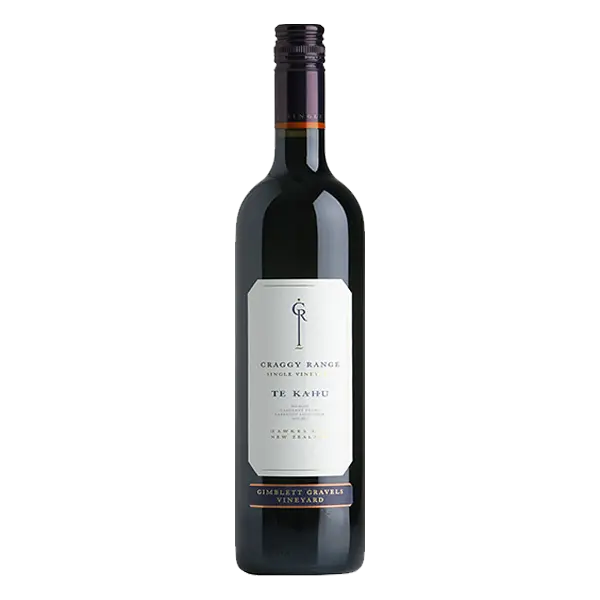1
/
of
1
Craggy Range "Te Kahu" Gimblett Gravels, Hawks Bay - 2020 (750ml)
Craggy Range "Te Kahu" Gimblett Gravels, Hawks Bay - 2020 (750ml)
Regular price
$24.99
Sale price
$24.99
Regular price
$27.99
Unit price
/
per
Variety
69% Merlot, 13%Cabernet Sauvignon, 10% Cabernet Franc, 4% Petit Verdot, 4% Malbec
Deepest crimson red. Brooding aromatically with notes of cassis, black olive and dried tobacco enveloping a dense core of blue fruits. The wine has a lovely focus on the palate with dark fruits framed by fine tannins to deliver a classical structure with an excellent future ahead.
94 points Decanter World Wine Awards
Inviting blueberry, plum, cedar and clove with a beautiful purity running throughout. Textured and velvety with a lively acidity.
Share :

- varietal
- Region
- Sub - Region
- Type
- Reviews
Product Review
Creamy and supple-textured, with complex notes of clay, black tea and star anise, accented by plum compote, tobacco and sage details. Comes together in harmony on the long, lingering finish, where a touch of tomato leaf lingers. Drink now through 2030. 800 cases imported.
–MW
Product Score
92
Pinot Noir is responsible for some of the world’s finest wines. Famed for producing the red wines of Burgundy and the Côte d’Or in particular, it is now widely grown in cool climates across Califonia and Oregon, and with increasing success in New Zealand. Although typically used to produce varietal wines, Pinot Noir makes a significant contribution in the wines of Champagne, where it is vinified as a white wine and blended with Cardonnay and Pinot Meunier. On the whole, fresh summer fruit of strawberries, raspberries and red cherries tend to be the identifying qualities, however richer versions express darker fruit including black cherries (kirsch), cherry cola, leather and violets to name a few.
NULL
Red wine is wine made from dark-coloured grape varieties. The color of red differs based on the grapes variety or varieties used.Interestingly, black grapes yield a juice that is greenish-white. The actual red color comes from anthocyan pigments (also called anthocyanins) from the skin of the grape (exceptions are the relatively uncommon teinturier varieties, which produce a red colored juice). Most of the production centers around the extraction of color and flavor from the grape skin.


